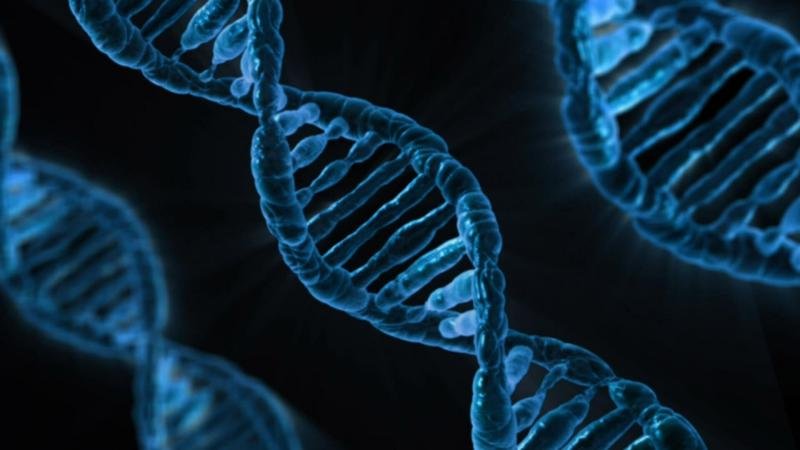DNA testing can reveal many insights into family relationships, and one of the most common questions is about the percentage of DNA shared between half-siblings. Whether you’re curious about family connections or taking a DNA test for siblings, understanding how a half sibling dna percentage work is essential.
This article will break down the basics to help you grasp the key concepts clearly.
What Is a Half Sibling?
A half-sibling is a sibling who shares one biological parent with you. Unlike full siblings, who share both parents, half-siblings only share either a mother or a father. This means that half-siblings inherit about half as much DNA from their shared parent as full siblings do from both.
The percentage of shared DNA between half-siblings is lower than that between full siblings, and understanding this percentage helps to clarify family relationships.
What Is the Average Half Sibling DNA Percentage?
The typical amount of DNA shared between half-siblings is around 25%. In contrast, full siblings share approximately 50% of their DNA. The difference occurs because half-siblings only share one parent, meaning they inherit less of the same genetic material.
It’s important to note that the exact percentage can vary slightly because DNA inheritance is a random process. However, most half-siblings will share somewhere between 18% and 32% of their DNA. If you’re taking a DNA test for siblings, this range will often be used to determine whether two people are half-siblings.
How Does DNA Inheritance Work?
To understand why half-siblings share 25% of their DNA, it’s helpful to know how DNA is inherited. Every person receives 50% of their DNA from their mother and 50% from their father. In the case of half-siblings, they inherit half of their DNA from the shared parent, but the remaining 50% comes from different parents.
Because of this, only a quarter of their total genetic material overlaps, which explains the half sibling DNA percentage.
How Accurate Is a DNA Test for Half Siblings?
Modern DNA tests are very reliable when it comes to determining sibling relationships. They analyze the amount of shared DNA and compare it to the typical ranges for different types of relatives.
Since the half sibling DNA percentage usually falls between 18% and 32%, tests that show this amount of shared DNA indicate a half-sibling relationship.
However, if the percentage is lower or higher, other relationships, such as cousins or full siblings, may be more likely. While these tests are highly accurate, it’s always best to use reputable genetic relationship tests service to ensure reliable results.
How Does a Half Sibling DNA Percentage Compare to Other Family Relationships?
The amount of DNA shared with half-siblings is similar to other family members like aunts, uncles, or grandparents. They also share about 25% of their DNA with a person.
This can make it tricky to tell these relationships apart in a DNA test. But, the shared DNA segments’ length and number often help distinguish between them.
For example, you share a similar percentage of DNA with a half-sibling and a grandparent. But, those DNA segments are inherited differently. That helps experts make more precise determinations.
Understanding Half Sibling DNA Percentage
In conclusion, knowing the half sibling DNA percentage is vital. It helps to interpret sibling DNA test results accurately. If you’re testing a DNA test for siblings to clarify relationships, you should know how the percentages work. It will help you understand your genetic connections.
Modern DNA testing has made it easier to identify half-siblings. It is now more reliable. This helps people understand their family bonds better.
Feeling adventurous? Click here to explore more articles and take a stroll through knowledge-land.


